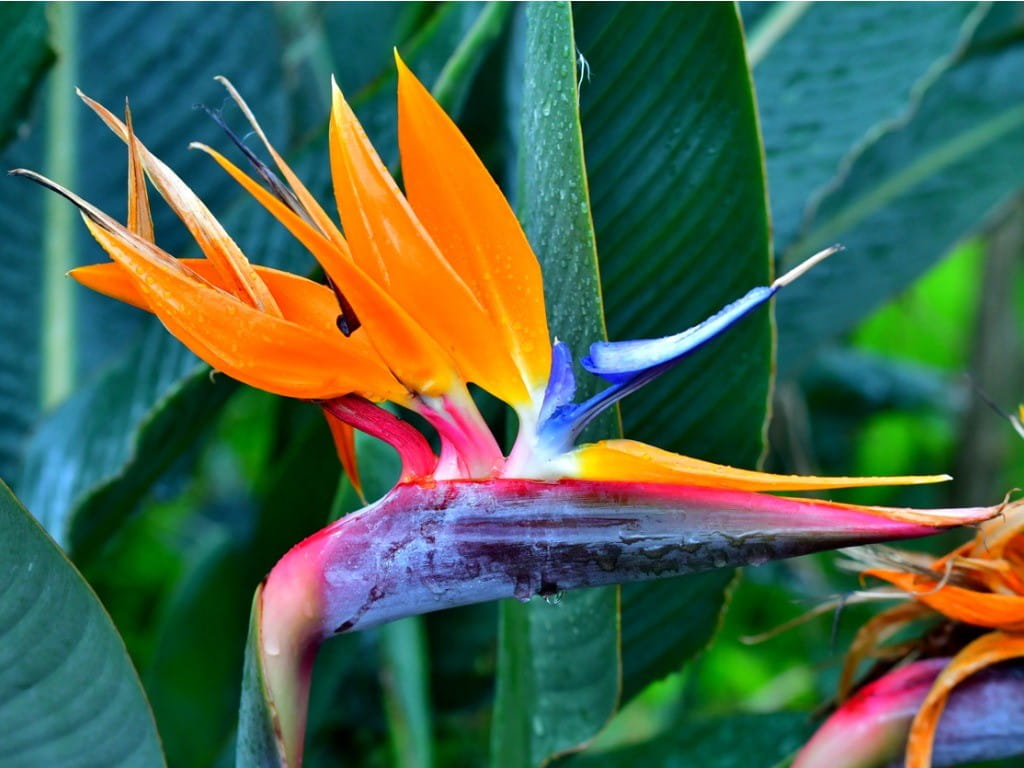

The silktail of Fiji has been linked with the birds-of-paradise many times since its discovery, but never formally assigned to the family. The two species in the genus Melampitta, also from New Guinea, have been linked with the birds-of-paradise, but their relationships remain uncertain, more recently being linked with the Australian mudnesters. In addition to these three species, a number of systematically enigmatic species and genera have been considered potential members of this family. The same study found that the Macgregor's bird-of-paradise was actually a member of the large Australasian honeyeater family. In spite of differences in the mouth, foot morphology and nesting habits they remained in the family until a 2000 study moved them to a separate family closer to the berrypeckers and longbills ( Melanocharitidae). The three species of satinbird (the genera Cnemophilus and Loboparadisea) were treated as a subfamily of the birds-of-paradise, Cnemophilinae. The exact limits of the family have been the subject of revision as well. The final clade includes the Cicinnurus and the Paradisaea birds-of-paradise. The fourth clade includes the Epimachus sicklebills, Paradigalla and the astrapias.
:max_bytes(150000):strip_icc()/white-strelitzia--520778130-b477cef5b59449dda2b8aefa05ca070d.jpg)

The third clade provisionally contains several genera, including Seleucidis, the Drepanornis sicklebills, Semioptera, Ptiloris and Lophorina, although some of these are questionable. The second clade includes the parotias and the King of Saxony bird-of-paradise. The study identified five clades within the family, and placed the split between the first clade, which contains the monogamous manucodes and paradise-crow, and all the other birds-of-paradise, to be 10 million years ago. Ī 2009 study examining the mitochondrial DNA of all species to examine the relationships within the family and to its nearest relatives estimated that the family emerged 24 million years ago, earlier than previous estimates. The closest evolutionary relatives of the birds-of-paradise are the crow and jay family Corvidae, the monarch flycatchers Monarchidae and the Australian mudnesters Struthideidae. Today while both are treated as being part of the Australasian lineage Corvida, the two are now thought to be only distantly related. For many years the birds-of-paradise were treated as being closely related to the bowerbirds. The family Paradisaeidae was introduced (as Paradiseidae) in 1825 with Paradisaea as the type genus by the English naturalist William John Swainson.


 0 kommentar(er)
0 kommentar(er)
